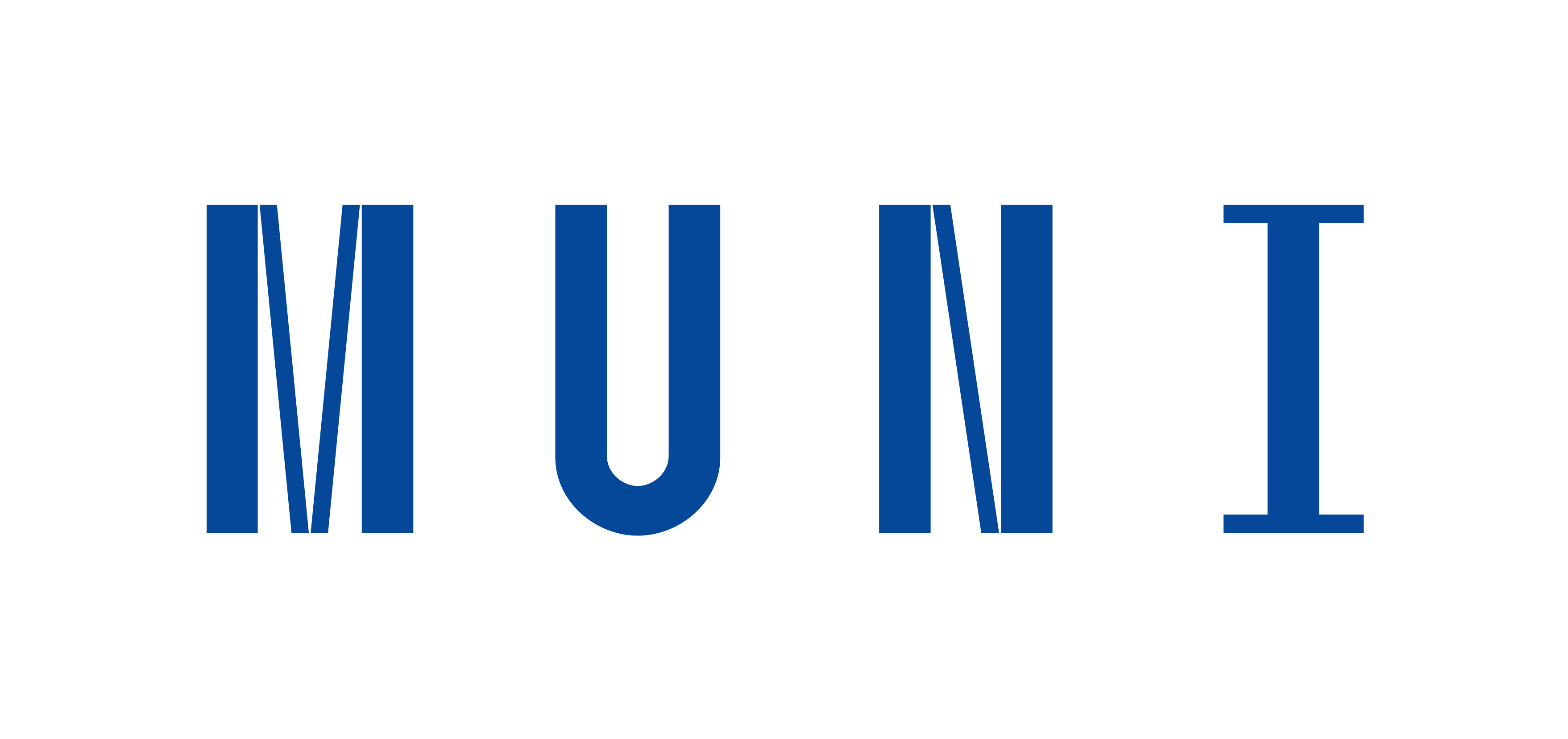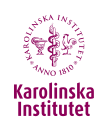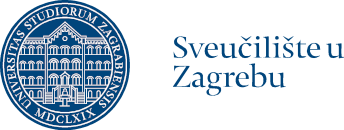Recommendations - Teaching Traditions in Human Anatomy
Recommended by whom?
The following recommendations were formulated based on the literature review and analysis of results of the survey tools that aimed to find out the opinions of selected groups of Central European anatomists and educators from Cambridge on teaching traditions in anatomy education.
Recommendations for anatomists:
Assess Course Organization Effectiveness: Refine the anatomy curriculum to ensure it meets the global standards set by the World Federation for Medical Education (WFME).
Support professional development of teachers: Provide conditions for the improvement of teaching competencies in anatomy education.
Adapt to Organizational Challenges: Address organizational issues in your environment that hinder the effective implementation of specific interventions in course organization or teaching methods.
Critically Assess Emerging Pedagogical Methods: Evaluate the implementation of innovative teaching strategies to ensure their effectiveness.
Implement Constructive Alignment in Anatomy Teaching: Design and integrate Intended Learning Outcomes (ILOs) that explicitly reflect skills required in anatomy education, ensuring that all Teaching and Learning Activities (TLAs) and assessment methods are aligned to support mastery of ILO.
Focus on Holistic Education: Design anatomy curricula that prioritize both technical skills and humanistic qualities essential for future medical professionals.
Emphasize Professionalism and Ethics: Recognize that traditional dissection fosters essential non-technical skills such as professionalism, empathy, and ethical awareness.
Facilitate Hands-On Learning: Provide students with opportunities for experiential learning to enhance their understanding of human anatomy.
Leverage Technological Advancements: Utilize digital tools and virtual resources to complement traditional teaching and enhance student engagement.
Accommodate Diverse Learning Needs: Acknowledge the diverse learning needs of students and provide a range of educational tools and resources to support their learning.
Foster Interpersonal Relationships: Promote strong teacher-student relationships to facilitate professional identity development in medical students.
Support Continuous Improvement: Maintain an ongoing dialogue about the evolution of anatomy education to ensure it meets the changing demands of healthcare and student needs.






